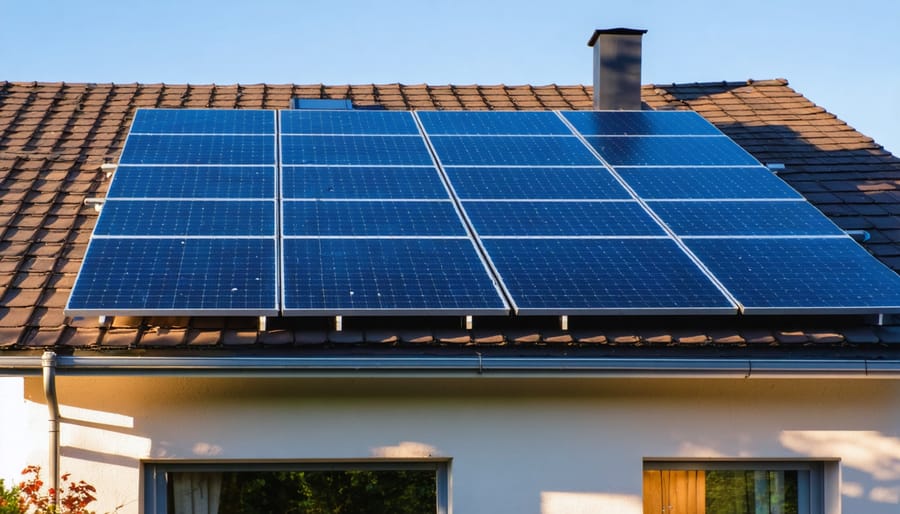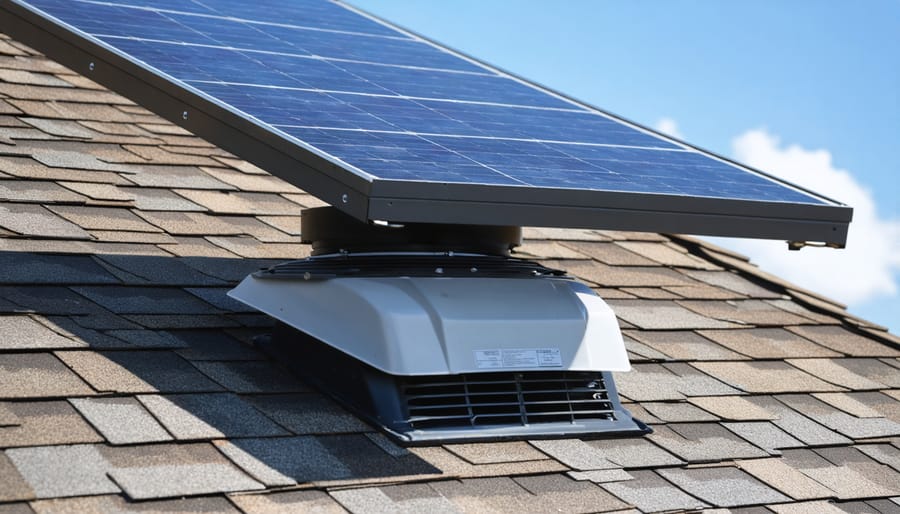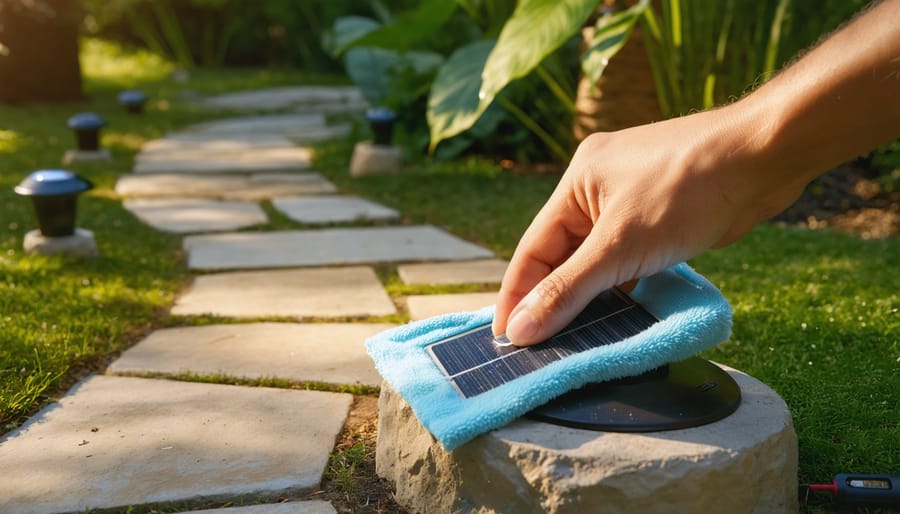Do Heat Lamps Use a Lot of Electricity?
Updated:

Heat lamps use a significant amount of electricity compared to standard light bulbs. However, they can still be energy-efficient when used properly for their intended purposes.
This article will break down the factors that determine heat lamp electricity usage. We’ll look at how their design and intended uses impact energy consumption.
We’ll also compare heat lamps to other lighting and heating options and discuss a step-by-step method that you can use to calculate exactly how much electricity your heat lamp uses.
What Makes Heat Lamps Use More Power?

Heat lamps are a type of incandescent light bulb engineered to produce infrared radiation. This allows them to generate a large amount of radiant heat.
Their higher electricity usage comes from a few key factors:
- High Wattage – Heat lamp bulbs often range from 250 to 500 watts. This is 2-5 times greater than a standard 60-100 watt light bulb. More watts equals more power draw.
- Built For Heat – Unlike regular bulbs focused on visible light, heat lamps maximize infrared output. This requires more electrical energy.
- Specialized Filaments – The tungsten filament inside a heat lamp bulb is designed to run at higher temperatures than conventional bulbs. This also increases power consumption.
While heat lamps use more electricity, they can still be an efficient choice when you need directed radiant heat.
What Is the Wattage of a Typical Heat Lamp Bulb?
The most common wattages for heat lamp bulbs are:
- 250-watt heat lamp – The rating of a typical “brooder” heat lamp used for poultry.
- 375-watt heat lamp – Midrange output used for many commercial applications.
- 500-watt heat lamp – A high-intensity infrared bulb used when more heat is needed.
- 1000-watt heat lamp – Heavy-duty high heat for industrial processes.
The 250-watt heat lamp bulb is the go-to choice for home use. However, higher wattages can provide more heat for larger spaces and uses.
When installing these high-wattage heat lamps, converting the wattage rating to amps is crucial for selecting appropriate wiring, protection devices, and outlets and ensuring the safe and efficient operation of both the heat lamps and the entire electrical system.
Do Heat Lamp Bulbs Use More Electricity Than Regular Light Bulbs?

Yes, heat lamp bulbs use significantly more electricity than standard incandescent bulbs for illumination.
A typical heat lamp may be 250 watts. An equivalent brightness regular bulb would only be 40-60 watts.
This is because standard incandescent light bulbs are engineered to produce visible illumination efficiently. Most of the incoming electric current is converted to visible wavelengths we perceive as light.
On the other hand, heat bulbs are engineered to maximize energy converted to radiant heat. They use specialized filaments and high wattages to optimize heat production.
So while heat lamps are relatively inefficient as a lighting source, they excel at generating infrared warmth. Their higher power draw makes this possible.
Do Incandescent Heat Lamps Use More Power Than Fluorescent or LED Bulbs?

A standard 60-watt incandescent bulb produces about 800 lumens of visible light. An equivalent 13-15 watt LED or CFL bulb achieves the same 800-lumen brightness for 75-80% less power.
But an LED or fluorescent light bulb won’t work to replace a 125-250 watt heat lamp. They simply don’t get hot enough.
LED and fluorescent bulbs utilize the incoming electricity 3-4 times more efficiently than old incandescent. Very little energy is wasted as heat output. That’s great for illumination but makes them ineffective for heating purposes.
So if you compare 60-watt LEDs to 250-watt incandescent bulbs, keep their completely different objectives in mind. The LED efficiently provides visible lighting. The heat lamp intentionally converts that electricity into infrared heat radiation.
How to Calculate Heat Lamp Electricity Usage?
Now that you understand why heat lamps need high wattages let’s calculate exactly how much electricity they use.
Determining the operating costs of a heat lamp requires just three variables:
- Wattage rating
- Hours of use
- Electricity cost per kWh
Let’s break down an example calculation for a typical 250-watt heat lamp.
Step 1. Convert Watts to Kilowatts
Heat lamps show wattage ratings on their packaging or labels. So the first step is to convert watts to kilowatts.
To do this, simply divide the watts by 1000:
\(\displaystyle {\frac {250W}{1000}} = 0.25\ kW\)
So, a 250-watt heat lamp uses 0.25 kW of power.
Step 2. Multiply Kilowatts by Hours of Use
Next, you must factor in the hours the heat lamp is on.
If you use the lamp for 24 hours a day, multiply the 0.25 kW rating by 24 hours:
\(0.25\ kW * 24\ hours = 6\ kilowatt\ hours\ (kWh)\)
where 1 kilowatt hour represents one unit of electricity your electricity provider charges.
Using this calculator, you can easily convert the watts rating to kilowatt-hours to know the energy consumption of the heat lamp.
If you integrate solar panels to power heat lamps, converting kilowatt-hours to ampere-hours helps determine the battery bank’s capacity to store solar energy that meets the requirement to power the heat lamps.
Step 3. Multiply kWh by Electricity Rate
The final step is to take the kWh usage and multiply it by your local electricity rate.
For example, at a national average of $0.12 per kWh:
\(6\ kWh * $0.12/kWh = $0.72\)
So, running a 250-watt heat lamp 24 hours a day would cost around $0.72 at the average electricity price.
Step 4. Scale to Monthly Cost
To estimate the monthly cost, multiply the daily rate by 30.
For example, for 30 days at $0.72 per day, the electrical energy cost is $21.60 per month to operate the 250-watt heat lamp continuously.
This process can calculate the cost of any wattage heat lamp based on your individual usage and energy rates. The math is straightforward once you know the basics.
How Does Heat Lamp Electricity Use Compare to Other Heaters?
Heat lamps provide a specialized capability focused on warming specific objects or spaces. How do their operating expenses compare to other electrical heating products?
Portable electric space heaters are a common benchmark to assess costs. Let’s look at some key factors:
- Heat lamps radiate warmth directly to objects rather than heating the air. This avoids energy losses from heating unused space.
- Space heaters warm entire rooms. Heat lamps focus precisely on target areas. This allows the use of lower wattages for spot-heating tasks.
- Incandescent infrared heaters do not require blowers or fans to circulate hot air like forced air or convection heaters. This eliminates their additional power consumption.
- Outdoor heat lamps can cover more area than ventilation or conduction heaters exposed to wind and other losses.
- Heat lamps reach full infrared output almost instantly, while space heaters require warm-up time. Quick heat saves energy during intermittent use.
Considering these traits, a 125-250 watt heat lamp used judiciously can potentially cost less than a 1500-watt space heater for targeted heating applications.
Can Heat Lamps Be Energy Efficient When Used Correctly?
While heat lamps use more electricity than typical bulbs, they can still be an energy-efficient choice when used appropriately.
Some ways to maximize their efficiency:
- Use for short-term heating needs rather than all day.
- Place near only objects requiring heat rather than an entire room.
- Combine with insulation to retain heat in a small space.
- Choose lower-wattage bulbs whenever sufficient.
- Set thermostats or timers to avoid overheating.
- Select quality bulbs that convert energy efficiently to radiant heat.
Considering their intended uses, heat lamps offer a relatively energy-efficient way to provide directed radiant warmth on demand. And they remain an affordable heating option in many situations.
Moreover, solar-powered heat lamps embody the potential of renewable energy to provide efficient and environmentally friendly solutions for heating needs across various sectors.










